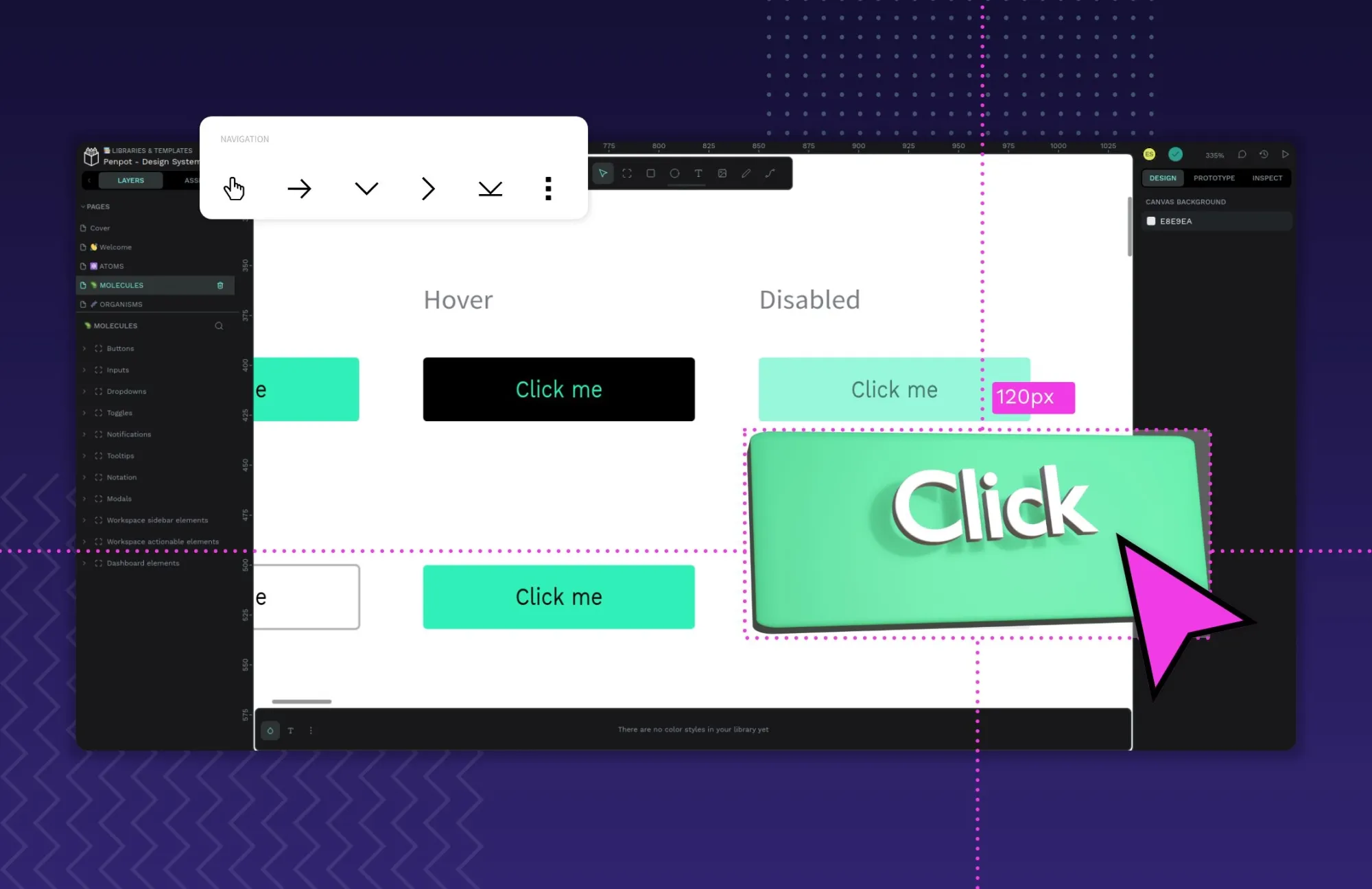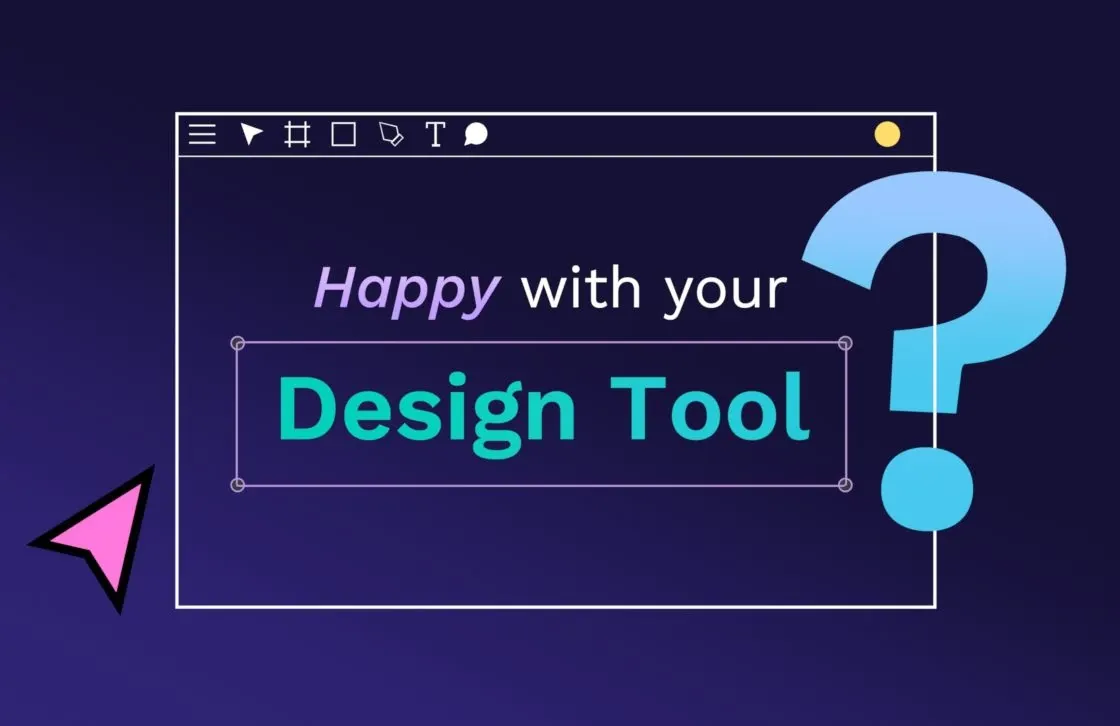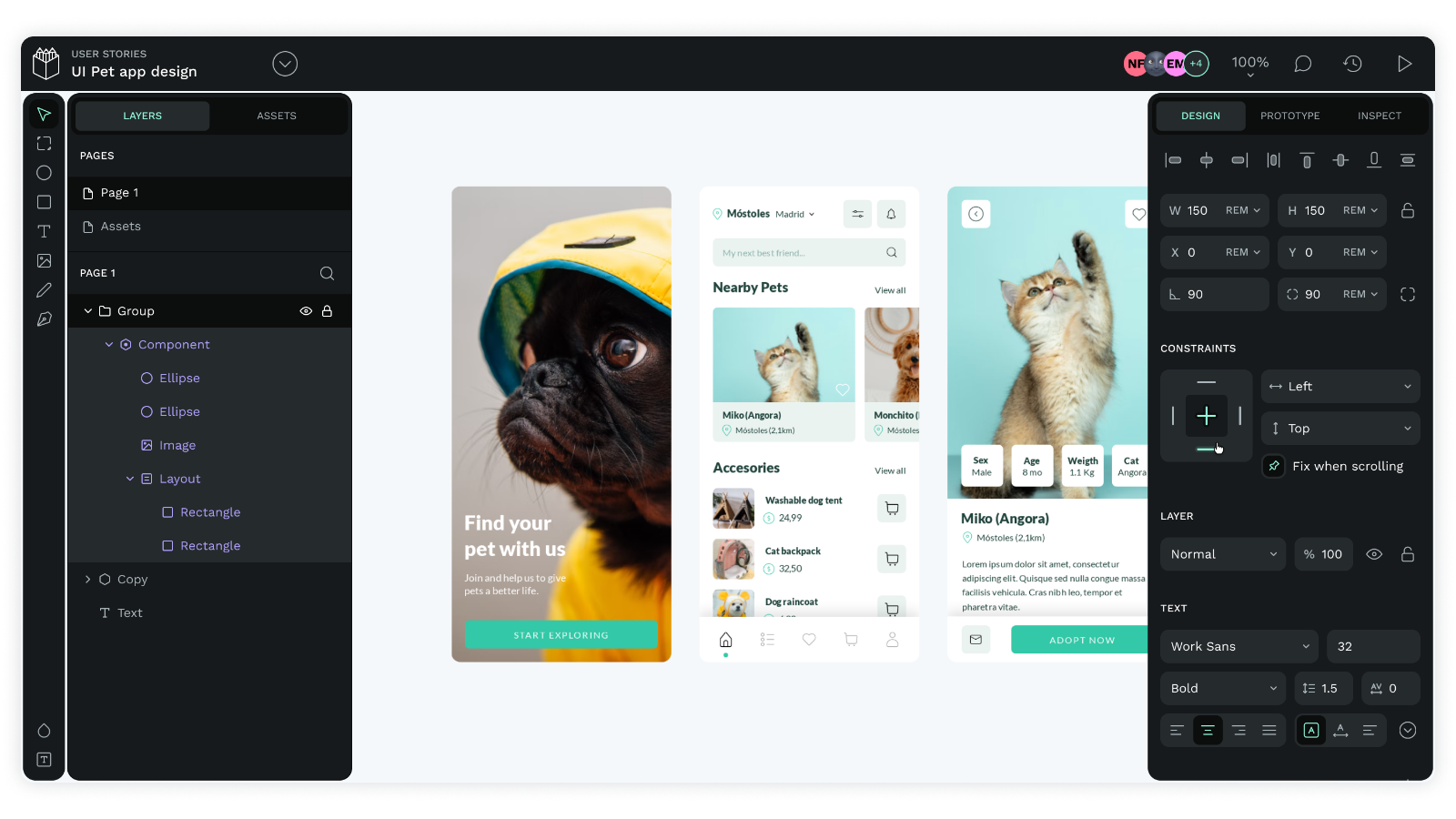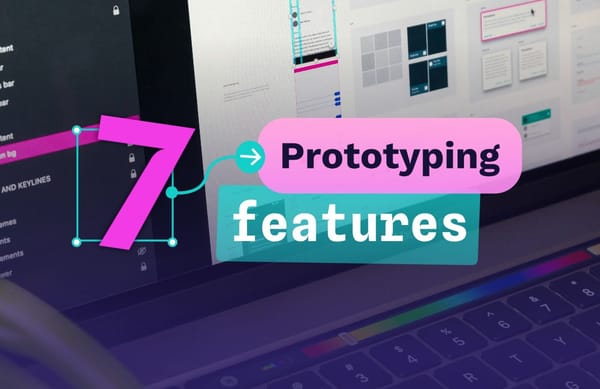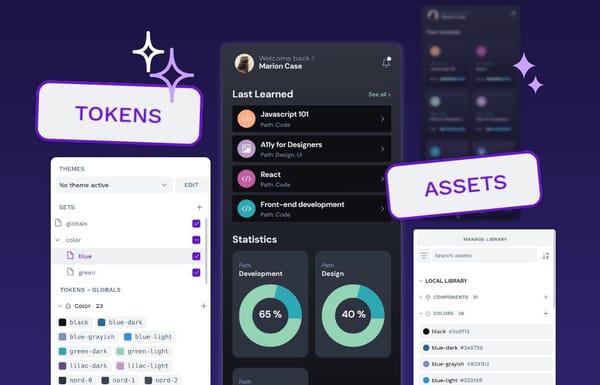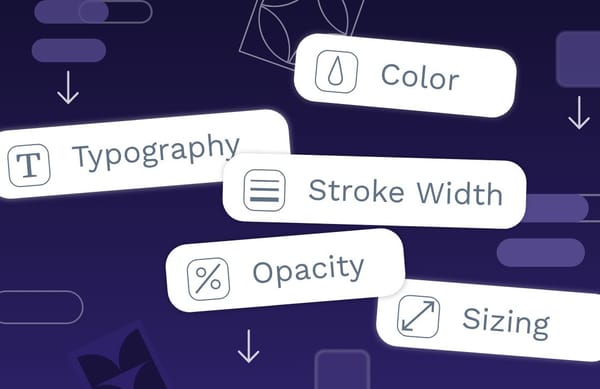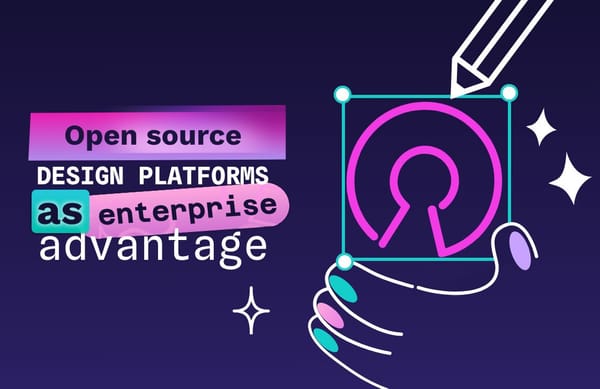9 ways design systems improve developer efficiency
To avoid creating additional effort for the developer team, designers can use a design system. Let's look at specific ways a design system can be helpful for your dev team.

The color of that button on your home page may have infinite color possibilities, but changing between those possibilities still uses real-life developer resources.
To avoid creating additional effort for the developer team, designers can use a design system — or an agreed-upon collection of design and code decisions. This framework of building blocks pairs code with design specifications, making it easier to make design changes quickly and seamlessly.
Let's look at specific ways a design system can be helpful for your team of developers.
1. Scale
For products to get better over time, changes need to be made. This may include adjusting the size of a font, but it more likely includes adding features and extra details that users demand.
Having a design system allows everyone to work within agreed-upon design decisions, which is especially important for a growing design team. When it comes time to launch new things quickly, designers can select from items in the design system, with code already ready to go for most new additions.
2. Affordability
Every decision, action, and corresponding code costs something. It could be human resources, the price for additional software licenses, or even just patience from an already-stressed team.
With a design system in place, the development of new things comes at a lower cost since it uses standardized options that everyone gets to choose from. There's less need for custom UI, and developers can work on more value-added projects and innovative problem-solving use cases.
3. Quality
A design system helps make the things designers and developers do even better. How? For one, it’s intentional, created from the start to be good, and reduces many of the quality issues you may see downstream on a big project.
Design systems are also something everyone has a stake in. If either a designer or a developer sees an issue, they can speak up. Because a design system benefits everyone, there’s an incentive to make it good and keep it working.
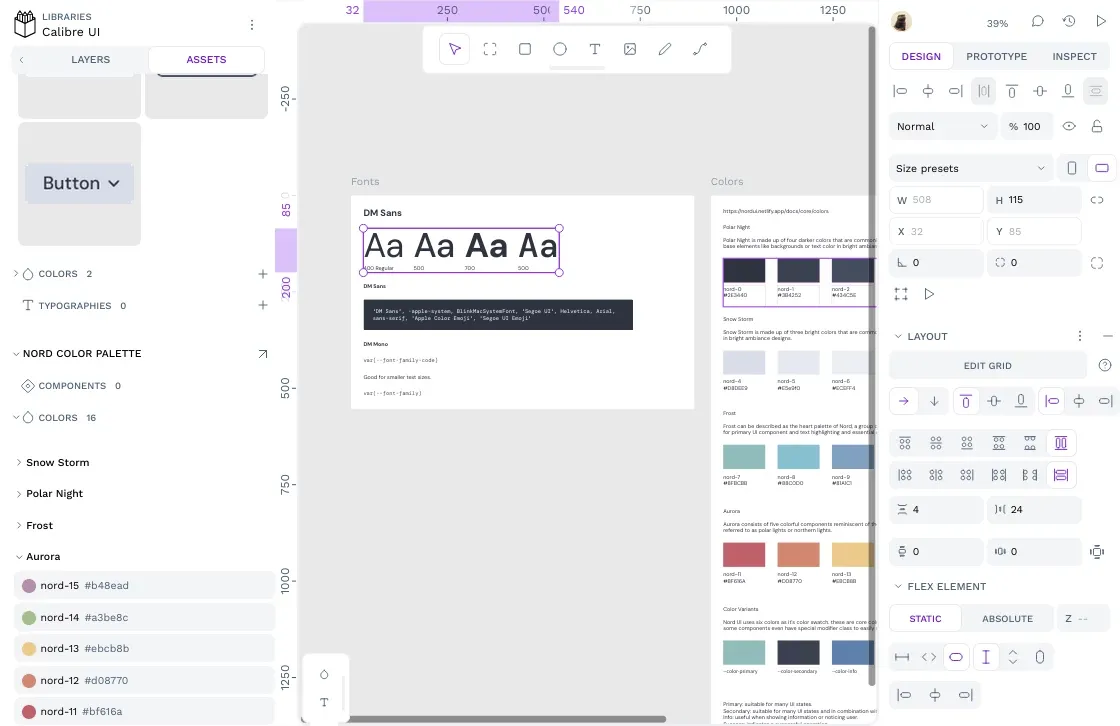
4. Consistency
If there’s one thing a design system can do very well, it’s bring a sense of consistency to your products. With only one shade of magenta to work with, you won’t end up with a slightly different shade of button on three separate pages. Since customers can associate an inconsistent design with a product being subpar, it’s essential to have the same look and feel across your web project.
But it's not only the consistency of the product that comes with a design system. You also get the consistency of process. Instead of creating a magenta button on the home page and then tweaking it to make it slightly more like what you want, you get one magenta to choose from. That’s it. End of story.
There’s less back-and-forth, and everyone knows what they can and can’t do with a project. It creates a straight path from design to development with a healthy dose of collaboration. It also reduces the amount of last-minute “tweaks” a marketing team might try to make to an already well-done product.
If you do need to bring in a contractor to finish up the work or your top developer needs to shift to another project, the design system ensures a consistent workflow for the team.
5. Mission
Have you ever had to scrap a project because it no longer reflected the mission and values of your company?
Scenarios like this could be avoided with a design system created with your team’s mission in mind from the beginning. Since it’s created or reviewed at the start of your big idea, it is more likely to reflect your true goals for the project. As the project gets plotted, reviewed, and adjusted, it can't get too far away from the original goal, thanks to the design system.
A design system lets you express your brand’s strongest product desires through things like gradient, color, or shape. These aspects matter to both designers and developers, and they can help bring your brand's mission to life. Without it, it’s easy to part ways with the original intent and end up with a project that looks nothing like what you wanted.
6. Equity
While your design system’s creation team should represent a mix of your best developer, design, and project management talent, once created, it can serve just about anyone in the organization. It allows even newer designers to add suggestions to the workflow. Developers with less experience can jump in to finish the job. It helps create a space where more people can become involved and have ownership of what they build together.
It also takes away some of the problems that arise when any one team member gets credit for making the bulk of the decisions. Yes, you want your best people to be recognized for what they do, but a design system ensures more people become your best people.
7. Maintenance
There comes a time, with even the best-made product, when the wheels start to come off. As new features are added and tweaks made, things get messy. It's no longer a matter of updating items or refreshing the color magenta with something in blue. It could make the design team wonder whether it’s salvageable at all.
With a design system, this may not happen for a long time (if at all). That’s because improvements to the design system go out to all products that use it. The small changes you make happen across your apps and pages, reducing the work to make the changes most important to you.
It also helps you make changes that aren't that important, merely aesthetic, or to appease just a handful of users. That's OK, too, and a perfect use for design systems. Even better, if you decide you don’t like a recent change that has propagated to all your properties, you can switch it back — without hours of hair-pulling and coding sessions.
8. Translation
It’s a known fact that designers and developers don’t exactly speak the same language. Both know what they know and bring unique skills to the table. So, what happens when a designer tries to explain what they want to a developer? In some cases, a lot gets lost in translation. With a design system, there’s no need to try to translate beyond what's needed in the initial creation. Once the building blocks are set up, the designer can say “magenta” and put it into the design software or prototype, and the developer instantly knows which code matches it.
With fewer misunderstandings, more gets done — and without the conflict and hurt feelings that often come with these types of communication errors. If “design speak” and “developer speak” are an issue at your organization, a design system may be the fix you need.
9. Shared ownership
Finally, it can be easy to blame one team for the failure of a product, especially when what that team does is not easily understood. If you’re looking for a way for both design and development to be responsible for what they do, a design system can get you there.
The components of a design system are like a puzzle piece. If the piece gets laid down, marketing, design, and development teams get the credit and can watch their efforts play out in product launches. This can be incredibly satisfying for the team member who may not always see their DNA in the products they work on.
While ownership may not seem like an efficiency benefit, it does build stronger loyalty and boost company culture — both things that can create improved ROI over time.
How to create your own design system
If it sounds like design systems can solve a myriad of issues, it’s because they have the potential to do just that. But they require dedication at the beginning to make sure they are set up well. Check out our design system examples to find inspiration, see best practices and tips for kicking things off successfully.
Related Blogs
Check out our other blogs, from informative topic guides to tutorials on how to get the most out of Penpot.
